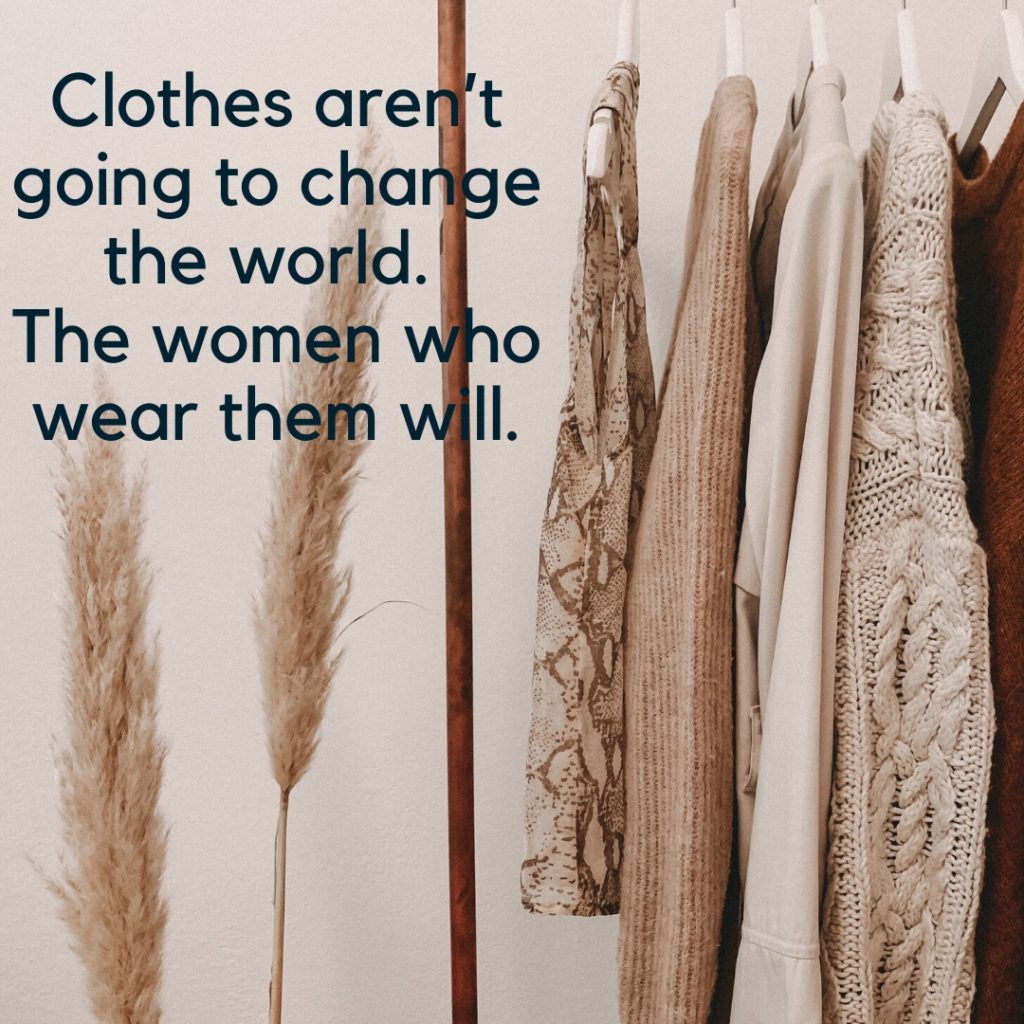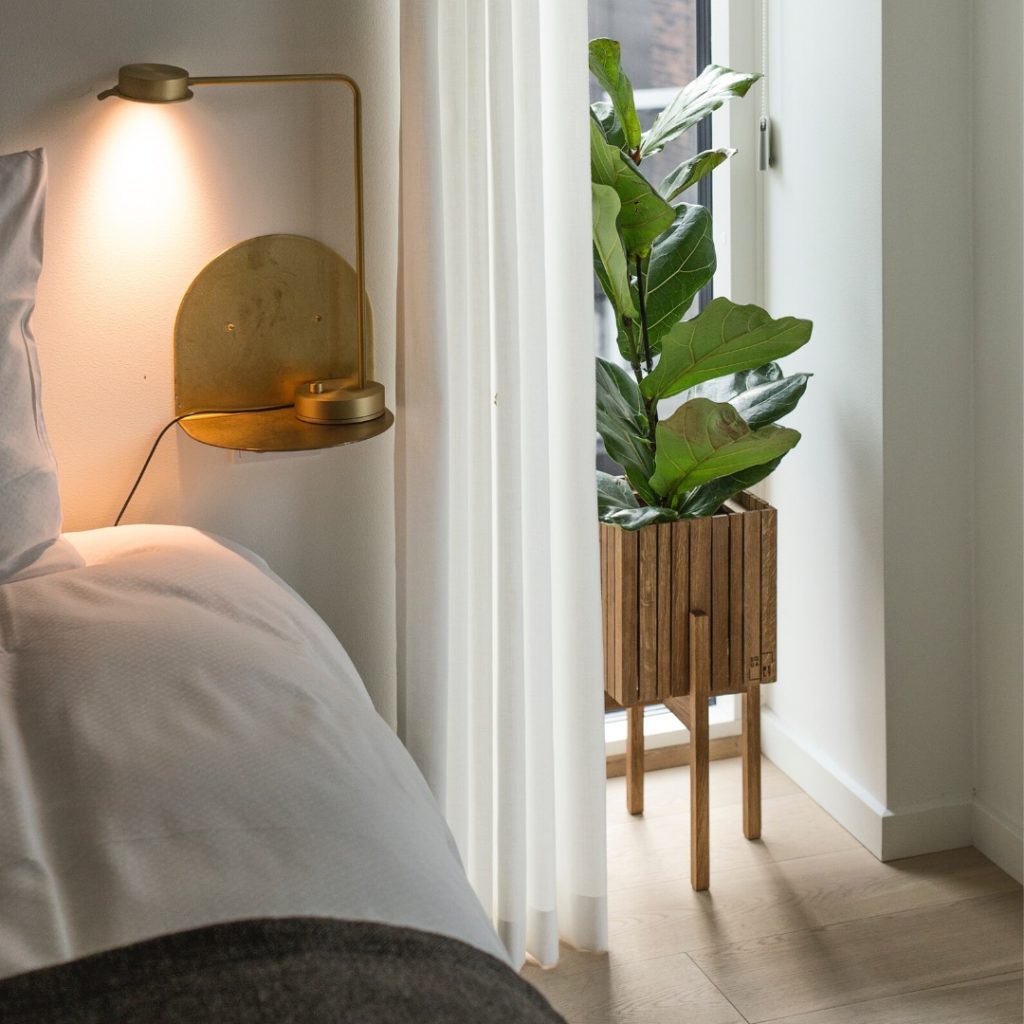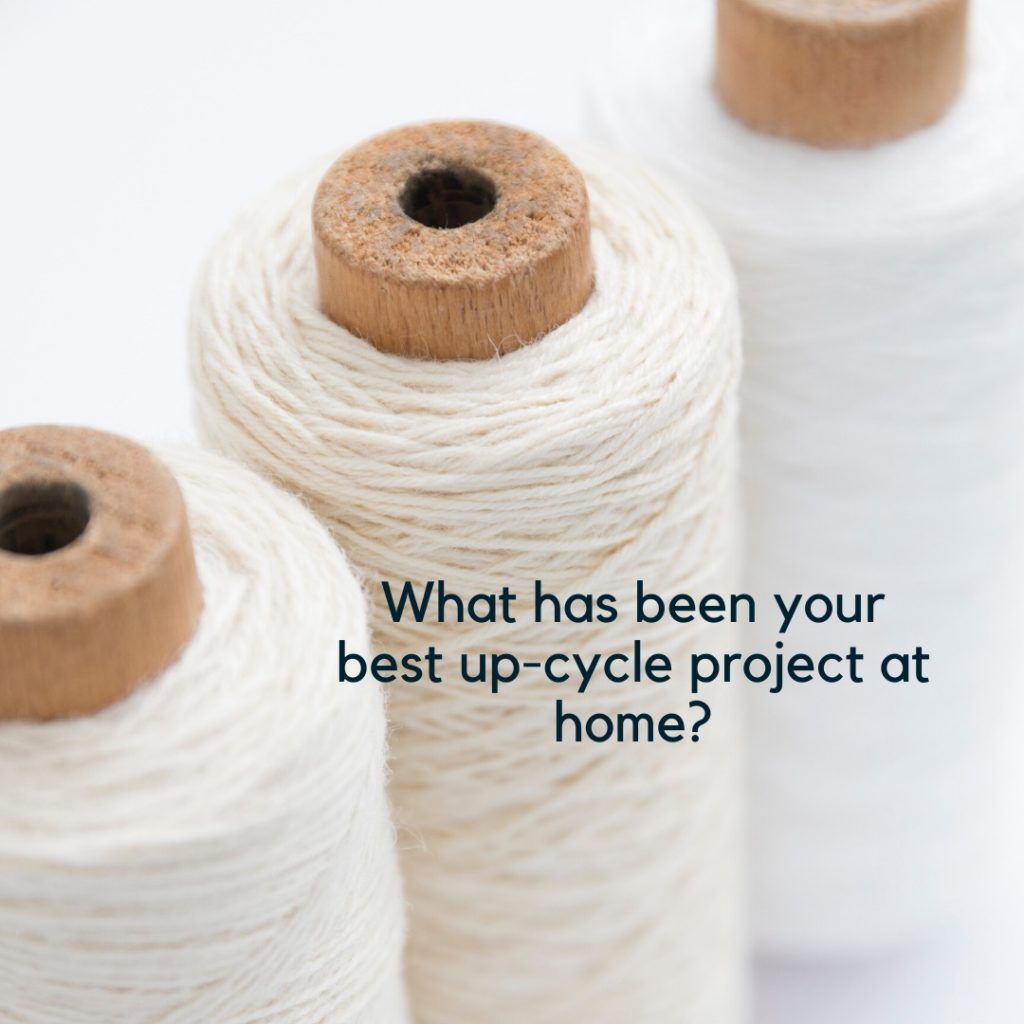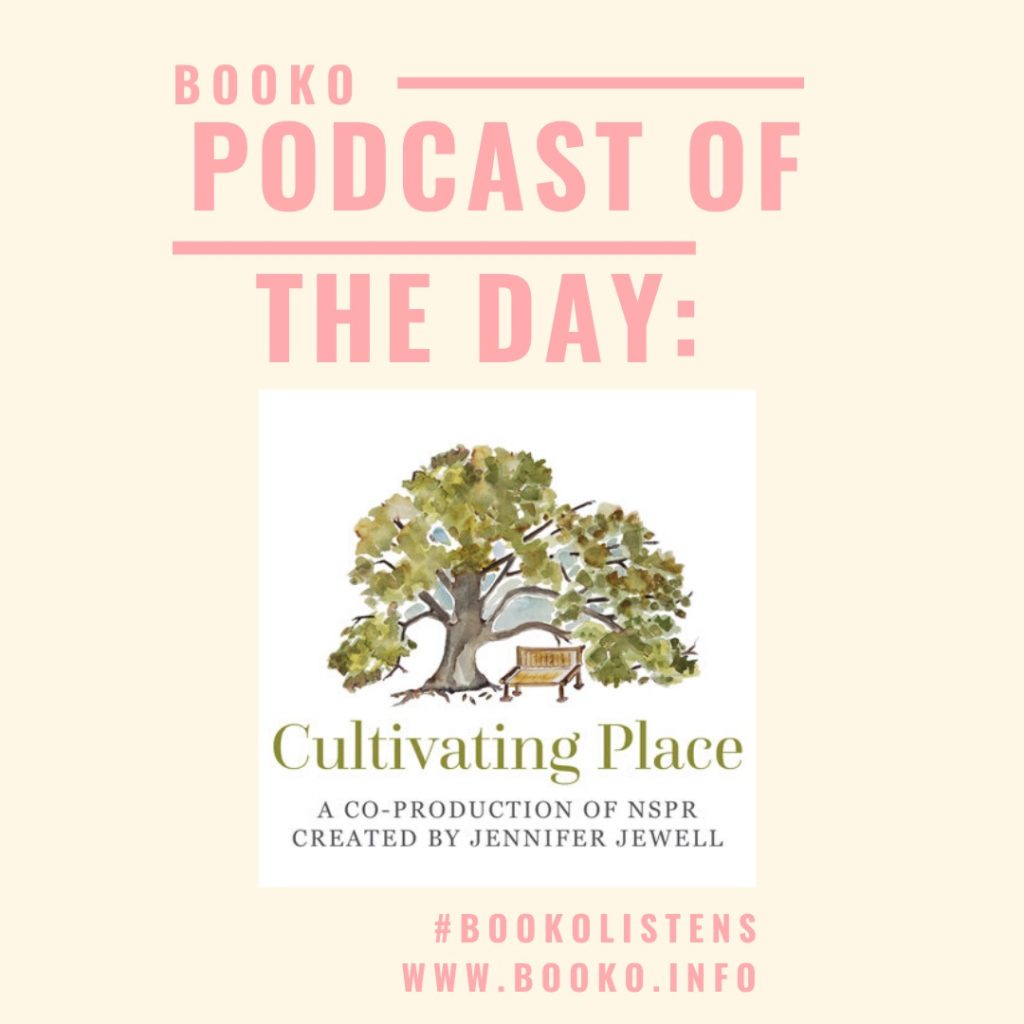Spring has sprung and gosh what a welcome relief it is. Unlike all of the other seasons, Spring comes with the promise of hope and optimism. Blossoms bursting open on branches remind us that good things can come after months of gruelling times.
It is with this optimism and joy that we are focusing on what we can do to embrace this cheery new season and take advantage of the sunnier days and brighter skies. So it is off to the garden we go with six gorgeous books to inspire the green thumbs among us. Fear not, we have also included books for those of you that have limited gardening space and those of you that are plant-keeping-challenged.
Pure Style in the Garden by Jane Cumberbatch
With more and more of us spending most of our time at home, outdoor spaces have become our retreat; somewhere to breathe again, heighten our senses and escape the onslaught of noise, clutter and technology. Pure Style in the Garden offers ideas and inspiration for making the most of any outdoor space we might have; whether it is a garden, a patio or a balcony, or even just a window box and for bringing touches of nature indoors for mindful enjoyment. Bestselling author Jane Cumberbatch’s ‘Pure Style’ philosophy is all about making the most of what’s around you and finding beauty in the simple and every day as an achievable alternative to the stressful demands of consumer society. In this book, which was put together over the course of 2020, she draws on her the inspiration of her own home and garden to supply ideas and inspiration for life-affirming colour, scent and texture, and to show how even the most unpromising outdoor space can be a source of sensuous renewal. Viewing the garden as an extension of the home, and with ideas for all seasons, this beautiful and inspiring book is illustrated with glorious photographs and enchanting paintings by the author herself. A book for dipping into or enjoying as one long read, or both.
You can click here to see Jane’s other ‘Pure Style’ series books.
Organic Gardening for Beginners by Lisa Lombardo
Imagine cooking with organic tomatoes right off the vine or seasoning with fresh, homegrown herbs. Organic Gardening for Beginners shows aspiring home gardeners how to get started. Learn to raise dozens of fruits and veggies at home with sustainable and eco-friendly practices that protect the environment and produce safe, nutritious food – no grocery store required.
Discover what it means to keep a completely organic garden with tips, advice, and step-by-step instructions for planting the right plants at the right time, designing an efficient layout, and attracting the right pollinators to help every garden thrive. Begin with an overview of the most popular types of organic gardening from in-ground to containers and decide which one works best in every space. Find out how to choose soil, control pests with no chemicals, and combine the crops that grow well together. Get an explanation of each crop that breaks down what it needs to grow and what beginners need to know for success. Grow your own thriving backyard ecosystem with expert advice on nourishing organic gardening.
The Heirloom Gardener by John Forti
This gorgeous book is an A-to-Z compilation of traditional gardening skills and heirloom plants, nostalgically illustrated with wood block art. Modern life is a cornucopia of technological wonders. But when we spend so much time glued to our phones and computer screens, something precious is lost: a sense of connection to the generations that have preceded us. John Forti is acutely aware of this loss, and his mission is to heal it. In The Heirloom Gardener, he celebrates and shares the lore and traditional practices that link us with the natural world and with each other. Arranged alphabetically, entries include heirloom flowers like beebalm, Johnny-jump-ups, and nasturtiums; traditional skills such as distilling, wreath-making, and brewing; and subjects such as ethnobotany, biodiversity, and organic gardening. Throughout, Forti highlights the ways in which these plants and practices can enrich modern life. The Heirloom Gardener is charmingly illustrated, resulting in a beautiful book that will inspire you to slow down, recharge, and reconnect.
Futuresteading by Jade Miles
Futuresteading is a practical and inspirational guide to living in a way that values tomorrow: a slower, simpler, steadier existence that is healthier for you, your home, and the environment. Whether you live in a city apartment, in the suburbs or on twenty acres, the principles of futuresteading offer easy-to-understand information and hands-on ideas. Learn to grow delicious food and medicinal plants; share rituals with loved ones through the seasons; feast on healthy home-cooked food for the family; nourish body and soul with outdoor expeditions and moments of rest; and create wonders with your hands. This welcoming handbook begins by showing how futuresteading works in an accessible and practical explainer, before venturing through six seasonal chapters – Awakening, Alive, High Heat, Harvest, The Turning, and Deep Chill – filled with inspiration for the garden, including making fences and wicking beds, along with over 30 rewarding recipes for slow, nourishing and easy meals. Grow, store, eat, preserve and share food that deepens the connections you have with your household, your soil, and those around you.
House Planted by Lisa Muñoz
This one is for the many of us who do not have a sprawling garden. Green up your living space with this bright, fresh, stylish introduction to choosing, caring for, and designing with houseplants. Get ready to transform your humble abode! Whether you have a funky bohemian den, a chic minimalist loft, or a closet-sized rental, indoor plants will bring a whole new level of warmth, comfort, and style into your home. In House Planted, interior plant designer Lisa Munoz guides you step by step and room by room through picking the perfect plant for the perfect spot and incorporating plants into your indoor decor. You’ll find info on plants that are hard to kill, hanging plants, succulents, air plants, and more. There are creative ideas for displaying plants, tips on caring for your new leafy friends, and primers on potting and troubleshooting. Casual and easy-going, with attainable styles and simple instructions, this short and sweet book of inspiration has everything you need, and nothing you don’t, to start you off on an adventure in better –and greener– living.
How Not to Kill Your Houseplants by Trisha Bora
Okay, another one for those of us who are less than green-thumbed. We’ve all killed houseplants. But a plant’s death is a good starting point, because it can help us answer the important question: Why did it die? Equipped with the right knowledge, you can make plants thrive for many years. How Not to Kill Your Houseplants is a comprehensive guide on how to care for houseplants. In this book, you will learn how to choose the right plants for your space and lifestyle, the right light requirements, when and how to water and fertilise them, the best potting mixes, and how to propagate plants.
With simple and effective advice, and seventy houseplant profiles, accompanied by stunning pictures, plant parenting has never been easier.
Enjoy!



























